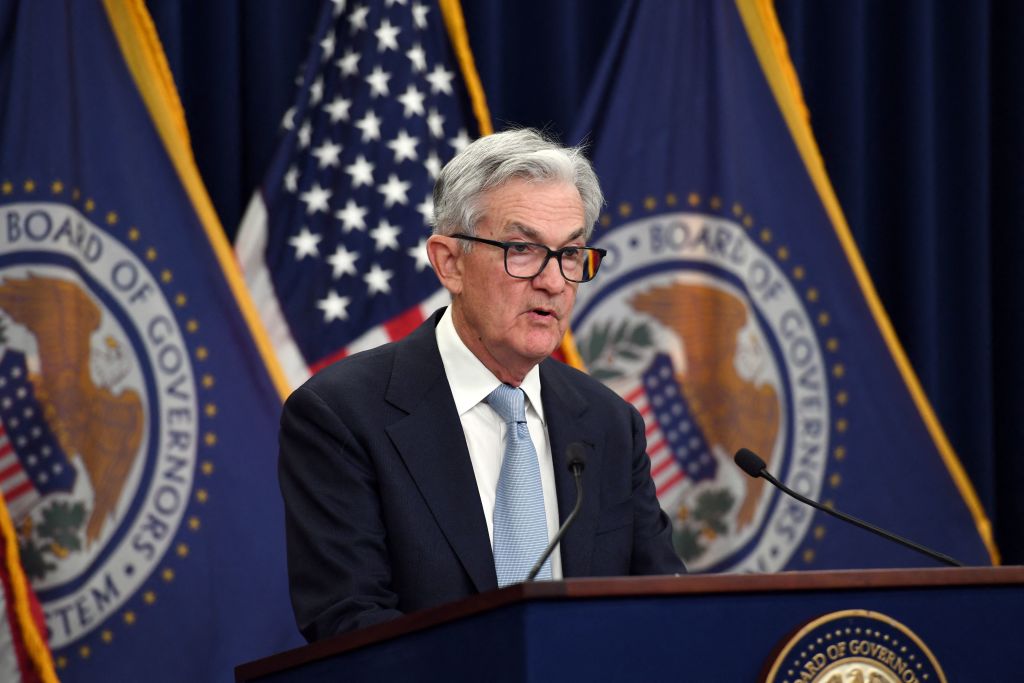So, things really are different this time. The US Federal Reserve has decided to raise its Federal Funds Rate (its main interest rate) by a quarter-point, to 4.75 per cent – 5 per cent, in spite of a banking crisis that has seen two large banks fail in the past fortnight.
For the past two decades, this sort of thing didn’t happen. Under the unwritten laws of the ‘Greenspan put’, the Fed could be relied upon to provide some form of stimulus at the first sign of financial trouble. It began with the collapse of the hedge fund Long Term Capital Management in 1998, when the Fed put together a $3.6 billion bailout funded by a consortium of banks, and it carried on long after former Fed chair Alan Greenspan himself had departed the scene. If markets wobbled, if banks got into a spot of bother, an interest rate cut, or quantitative-easing was never far behind.
Investors formed an expectation that the Fed would always help. We ended up in an Alice in Wonderland world where bad economic news often became good – good because investors calculated that the Fed would respond with a stimulus package. By such means, we ended up with the bubble economy of the past 20 years.
But this time around, the Fed has failed to oblige. True, until the collapse of the Silicon Valley Bank 10 days ago, the Fed had been expected to raise rates by half a percentage point compared with the quarter point ride announced today. But by raising rates at all the Fed has signalled that yes, we really did mean it when we said we were going to tackle inflation. Not even falling US inflation has persuaded the Fed to take a break from its tightening programme.
The Fed may also, however, be motivated by a desire to build confidence in the US banking sector, which it called ‘strong and resilient’. To have pulled back on an unexpected rise would have led to people asking whether the crisis was worse than was being made out, whether more dominoes were likely to fall. By going ahead with a rise it sends a signal that the Fed really does believe there is no contagion to spread through the banking system as it did in 2008.
What does it mean for the Bank of England’s interest rate decision tomorrow? I am sure that the Monetary Policy Committee would not want anyone to believe that it was following the Fed in its rate decisions, but today’s announcement makes it almost certain that the Bank of England’s base rate will rise tomorrow, too. That was already looking highly likely given this morning’s unexpected rise in inflation. Now, it might disturb markets if inflation-bound Britain were to stand out by keeping rates unchanged.
It would be no bad thing if we escaped from a world of endless stimulus packages, if markets ceased to bet on central bank bailouts – if governments and central banks no longer practiced laissez-faire when markets are on their way up and intervention when they are on their way down. The past two weeks have suggested that that time may finally be upon us.







Comments